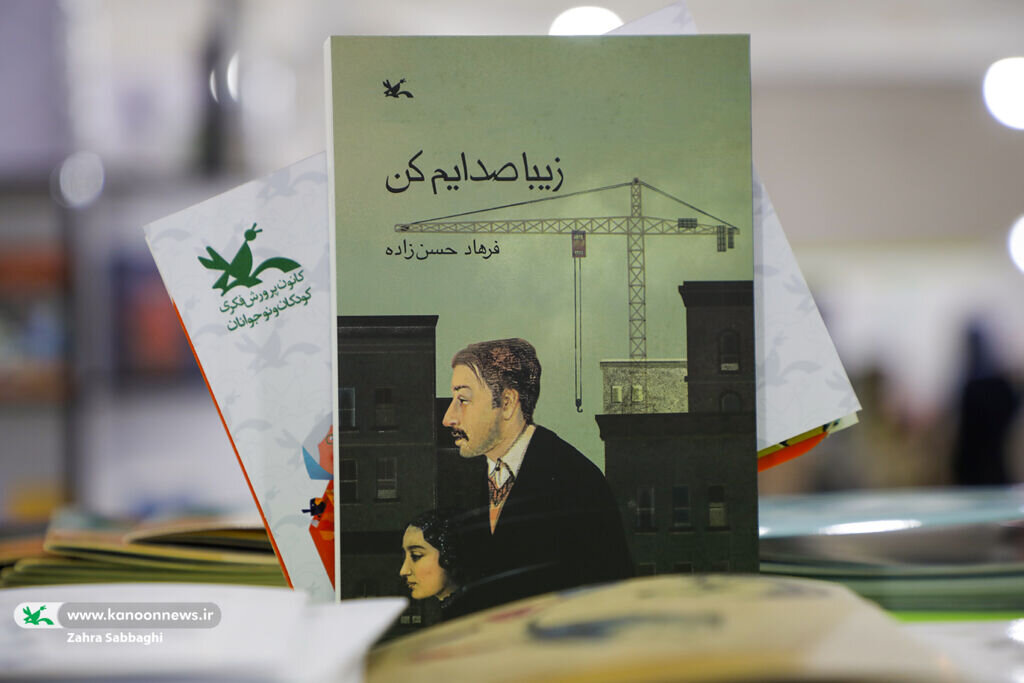
TEHRAN-- Hamedan Province, as one of the earliest centers of Iranian civilization, is home to numerous poets, cultural celebs, historic places, and natural attractions.Hamedan is among the earliest cities in Iran and is the very first capital of the very first empire of Iran, the Medes.
Hamedan is home to many poets and cultural stars, apart from this, lots of sights and historical locations in this city confront us with one of the most historic cities in Iran and worldwide, Mehr news firm reported.Hamedan has special and well-known sights and tourist destinations that appropriate for an enjoyable trip in spring.The geographical conditions of Hamedan have made this city have a pristine and distinct nature.The province is likewise popular for handicrafts such as leather, ceramics, and carpets.A site not to be missed out on throughout a stay in Hamedan is the excavations of Hegmataneh (Ecbatana) and its museum.This ancient city was the first capital of the Aryans and, together with Athens in Greece, Rome in Italy, and Susa in Khuzestan, is among the couple of ancient cities in the world that still endures and is important.The Median kingdom was founded in the 8th century BC by Deioces or Dia-oku and Hegmataneh was developed as a Capital.Hegmataneh is the largest historical site in Iran, a treasure laid bare at the end of the 20th century which enables you to find the ancient and nearly completely geometric city.One can appreciate their houses constructed back-to-back and similar to each other and perpendicular streets.In the museum devoted to the excavations, many Achaemenid, Sassanian, and Median things are exhibited and provide a genuine plunge into the past, to the time when Ecbatana was still the capital of the Median kingdom and among the most influential cities in the world.Geographically located southwest of Hamedan, Ganjnameh engravings are the historic monoliths going back to the Achaemenid era.They were engraved on Alvand Mountain at the end of Abbas Abad Valley.
These engravings remain in 3 columns of 20 lines and are written in 3 languages of Old Persian, Neo- Elamite, and Neo- Babylonian.By taking a look at the engravings, you would certainly feel the greatness of the history.Next to the Ganjnameh engraving, there is a waterfall that is full of water in every season.
This actually adds to the beauty of the environment.Worlds biggest water caveAs among the greatest attractions of Hamedan province and the worlds largest water cave, Alisadr is ranked amongst the most popular sites of Iran with thousands of visitors year-round, specifically in spring and summer.This cavern is located in Kabudarahang, a city 60 Km from Hamedan.
The range from Kabudarahang to Alisadr Village is 50 Km.
This cave is located on the elevated lands of Sari Qieh, indicating the yellow rock.Alisadr cave has a lot of water halls and a variety of stunning functions such as stalactites, stalagmites, and karst deposits with different forms.This with about 2,400 meters in cave boating is the biggest collapse the world in this regard.
This cavern has a long lasting exploitation and protection management system.Tomb of Baba TaherThe tomb of Baba Taher Oryan is a memorial structure of the modern era.
It lies on a raised ground in the northwest of Hamedan city in Baba Taher Square.Baba Taher resided in the 11th century.
He was one of the terrific poets and mystics of his time.Avicenna MausoleumAvicenna mausoleum is the memorial monument of a well-known Iranian theorist, scientist, and doctor.
This monolith is located in Abu Ali Sina (Avicenna in Persian) square in Hamedan.The hassle-free area of this historic square and likewise simple access to it, attract lots of people who travel through the city of Hamedan to visit this mausoleum.Avicennas fame in medicine and viewpoint has actually made him an international figure.
The number of travelers who travel to visit the mausoleum of this great philosopher is significant.Shir Sangi, Median stone lionThe stone lion of Hamedan (Shire Sangi) is a historic monolith in Hamedan, west of Iran.
The stone lion, one part of the Lions Gate, rests on a hill where a Parthian-era cemetery is said to have actually been located.When first constructed, this statue had a twin counterpart for which they both made up the old gate of the city.
The gates were demolished in 931 CE as the Daylamids took control of the city.
Presently, this statue lies in the park and square of Sang Shir and is held in terrific regard by the people.It is 2.5 meters long, 1.15 meters broad, and 2.2 meters high in its front part and its present form represents the battered image of a legless, couchant lion took of yellow sandstone.There are numerous theories as to the history of this statue.
While some accounts represent the statue to the very first Iranian dynasty, the Medes, others associate it to the Parthian dynasty because it was found over a mound that included a Parthian cemetery.Irans Cultural Heritage Organization reports that the lions were very first believed to have actually been developed by the orders of Alexander the Great to celebrate the death of his close buddy Hephaestion.Lalejin; the pottery capital of worldLalejin, a city in the northwest of Irans Hamedan province, is called the worlds capital of pottery, among the very first human artefacts and the objective representation of handicrafts in the minds of all people.The village of Lalejin celebrated its classification as the World Pottery Capital by the World Crafts Council in 2016.
Around 80 percent of Lalejins population are potters, ceramists and associated with associated tasks.
Undoubtedly Lalejin is one of the crucial centers of pottery and ceramic production in Iran.
This post very first appeared/also appeared in Tehran Times

 19
19















